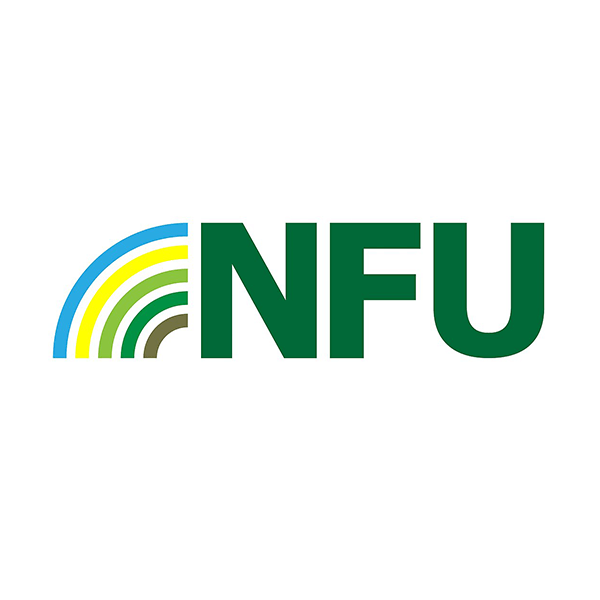Our general principal with all our farm outputs is to produce something that is of the highest quality, in every crop grown we aim for a premium quality product where possible.
Whether that be wheat for milling rather than animal feed, peas and beans for human consumption, again rather than animal feed; or our significant production of herbage seeds growing C1 Ryegrass.
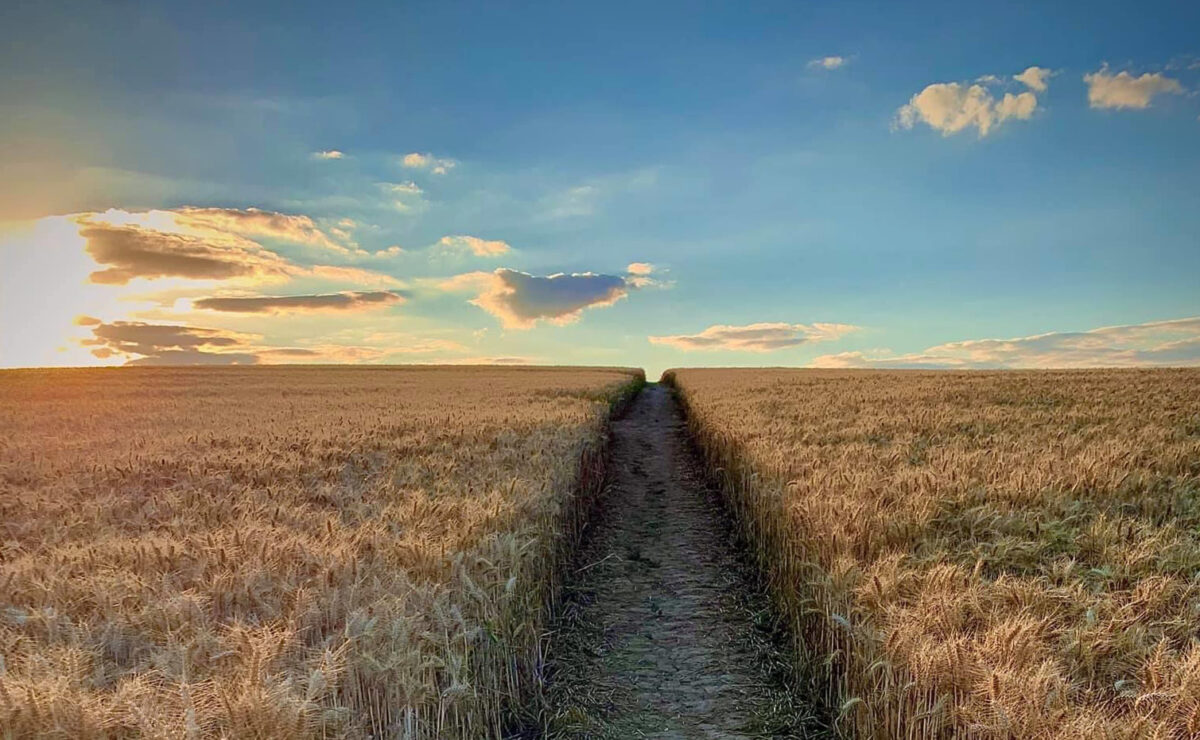
How we farm
The backbone of our farming system is the synergy between arable cropping and livestock production. We use our land to produce and provide forage for the cattle and sheep, conserved for the winter. In return, the manure and bedding straw is returned to the land. Keeping a closed cycle of biomass, ensuring we can maintain and enhance our soils all the time.
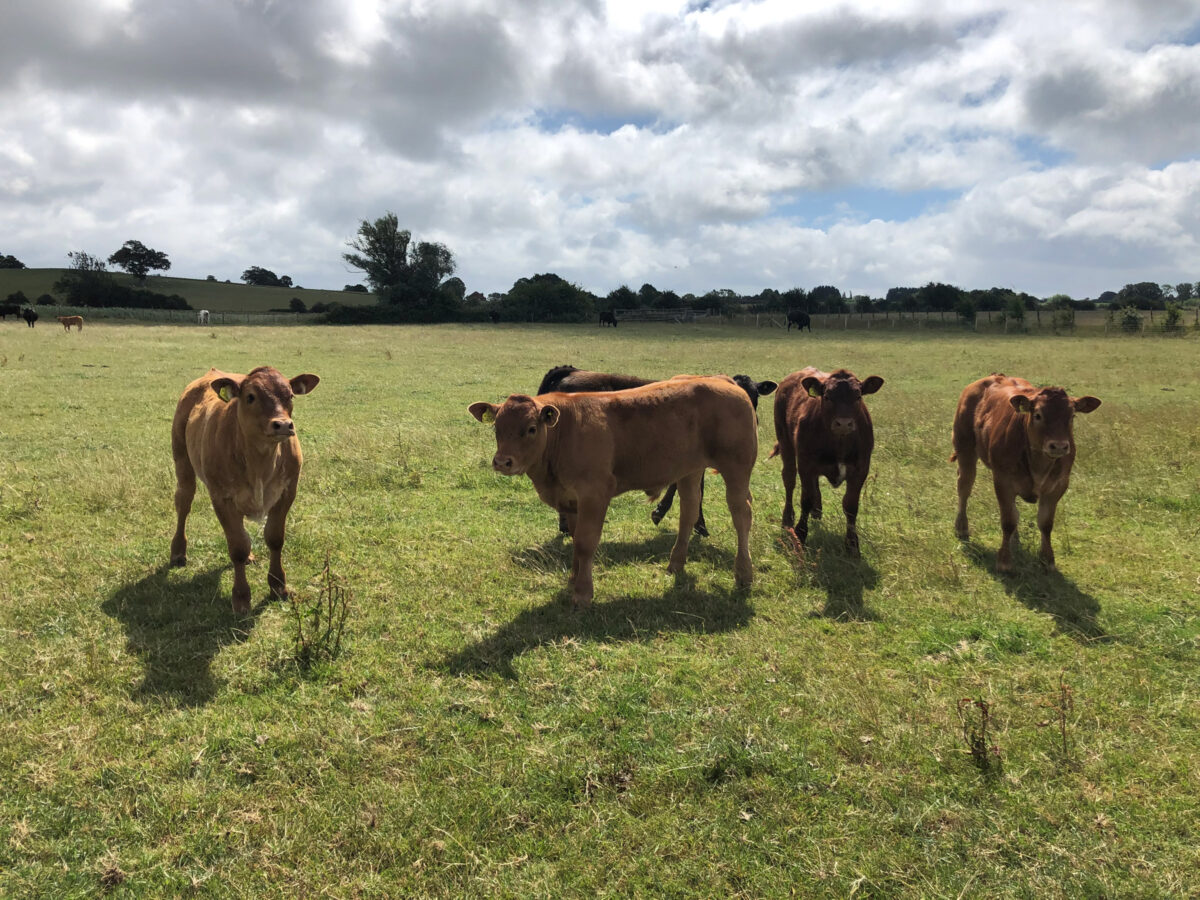
Our soils
Resilient soils are at the core of how we want to farm. The metric for us, is increasing Soil Organic Matter (SOM%), a year-on-year increase is expected as we have been direct drilling/zero tillage since 2008/9. The practise of not using machinery to till and aerate the soil not only saves burning diesel and requires additional labour but it also means that we allow the soil to form and dictate its own natural structure, otherwise destroyed by conventional methods.
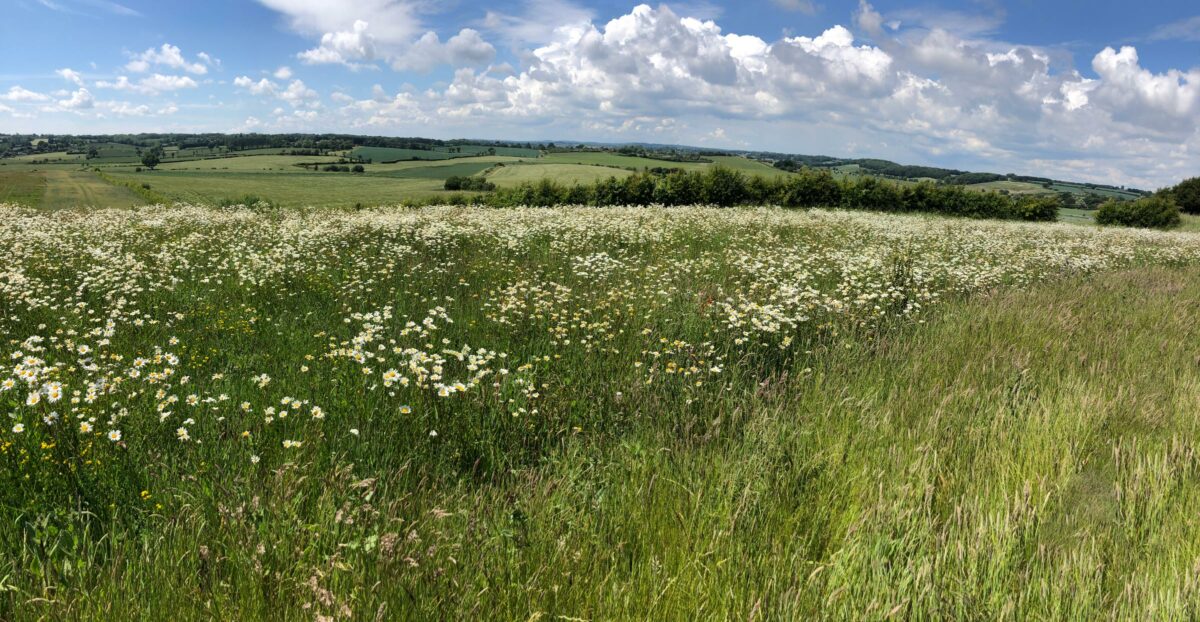
Natural process
The absence of steel allows natural biological phenomena and nature’s own cultivators (worms) to eventually do the work that the machines used to do. Having operated on this basis for several years we can really see the benefit of allowing the soil it’s time to recondition itself. Our soils are drier in winter, more water retentive in summer and more productive now than they have ever been. In a world that is facing increased incidences of extreme weather fluctuations, we think that the way we care for our soils will help us have a resilient income in the future.
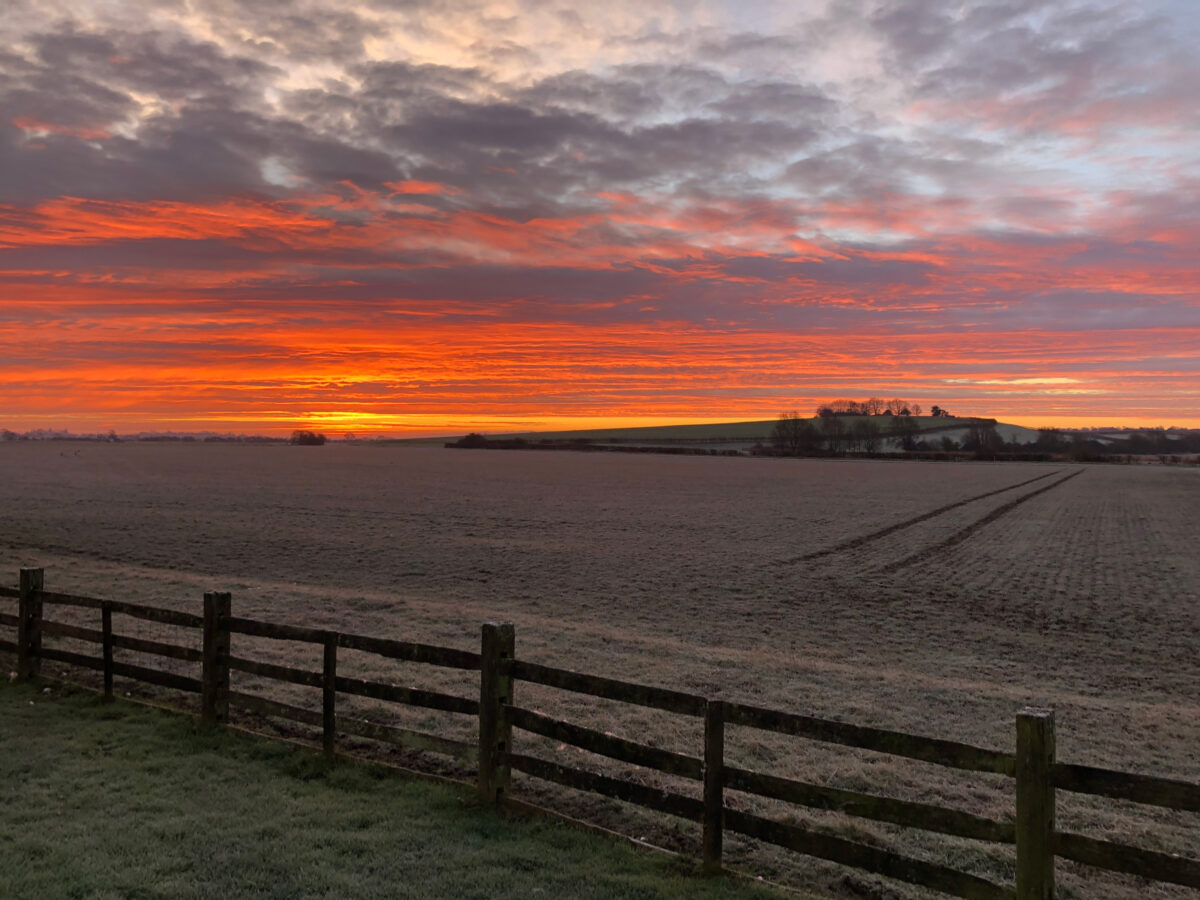
A big part of this regenerative style of farming is the combination of contributing practises; the aforementioned incorporation of livestock and zero tillage in the system is bolstered by our crop rotation. The combination of lots of different crops sown in both the spring and winter, with mixtures of cereals, legumes, oilseeds, grass seeds and the overwintering use of cover cropping all further support our soil organic matter levels.
These soils are almost certainly one of our biggest assets (alongside our colleagues!), and the cornerstone of our cropping.


